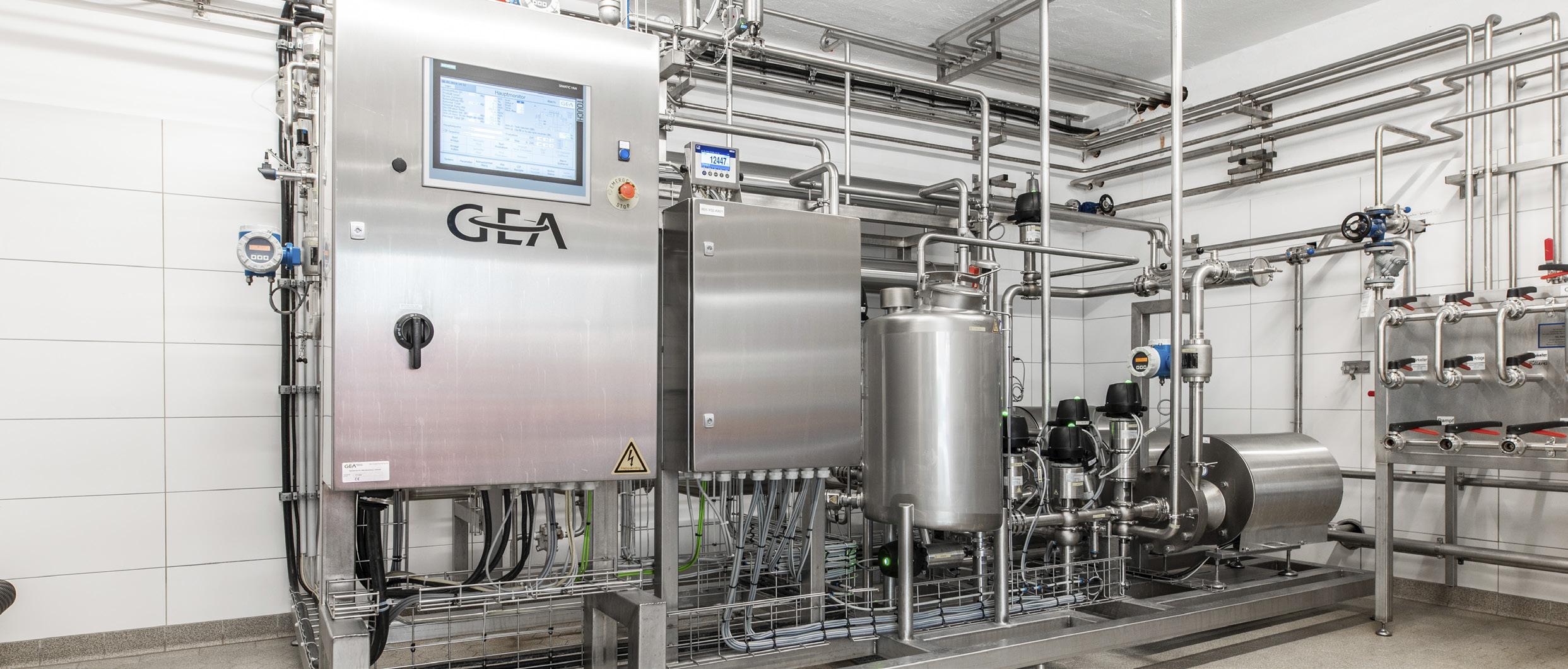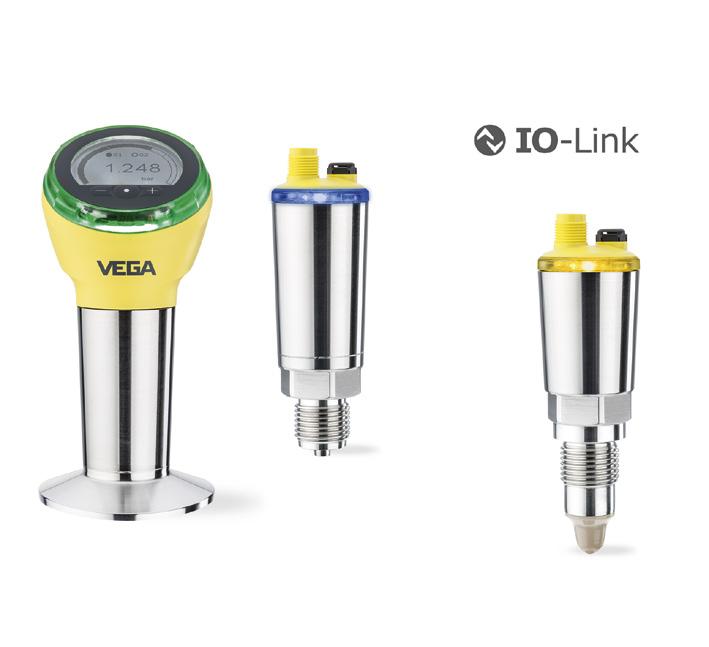
5 minute read
PACKAGING AUTOMATION
Artificial intelligence at the edge
Cloud computing is defined as the storage, management and analysis of data saved remotely on a server. Although invaluable in many instances, is it always the best solution for the production line? Food Manufacturing spoke to Victor Marques country general manager of Omron Industrial Automation to find out.
ANOTHER PROMISING ALTERNATIVE is edge computing. This system enables data storage, applications and analysis to be carried out at the edge of a machine. Lines and devices are monitored and real time sensors and data at machine level can be processed in microseconds. A machine’s condition can be monitored in real time, but data volume is limited. Data processing at the edge enables an immediate response.
Industrial manufacturers need to think carefully before deciding which of these two options will be the most effective. They must consider the recent arrival of solutions involving artificial intelligence (AI) and machine learning (ML). Although AI offers some great benefits, care needs to be exercised before incorporating it into industrial applications
WHAT’S YOUR PROBLEM? The biggest challenge companies face is that they often can’t identify the problem they want to solve. The solution is to start collecting and cleaning data first, before thinking about introducing AI. You can then obtain information from the data and start visualising this in a smart way. Basic data science will help your company to start realising a range of benefits.
A lot of existing data isn’t suitable for analysis, however. If you’re thinking about AI, you must think in a broader sense about data science - what and how much data you need. You will require a substantial amount if you want to reach the right conclusions. You can apply AI at various levels, depending on the problem you want to solve. If you want to compare the performance of two factories, you can gather the data and put it into the cloud (inside or outside your enterprise) and compare, analyse and draw conclusions.
The main challenge remains: what problem do you want to solve? Do you need to look at a lot of data? If you want to compare a large amount of data from 20 factories, this is where AI in the cloud can play a key role. If
you need an immediate reaction on a bottling line for example to avoid downtime, you should consider a solution with AI at the edge.
ACCESS AND MAKE THE BEST USE OF YOUR DATA Machines within a factory are a potential source of valuable data. How can a manufacturing plant make the most effective use of this data, especially when introducing AI to enhance its capabilities? The key questions that need to be addressed are: • Data - Do I have enough – and if so, which is the most relevant and how will it be used? • Infrastructure - How much will the set-up cost? • Outcomes - What problem do I need to solve and what increase in efficiency can be achieved using cloud or edge computing?
Some manufacturing facilities might decide to send all data to the cloud. Large IT companies are promoting the cloud as a solution to everything. It isn’t a complete panacea however, as it doesn’t show or respond in real time to what is happening in the machines. This is one reason why Omron decided to focus on this area. The company has been developing tools to help the human brain to cope with the challenges of what is happening inside the machines – along with details of downwards analysis and pattern recognition.

Edge computing within an industrial manufacturing environment looks at the actual process within the machine. Real time data processing at the edge enables an immediate response to an abnormal situation in a process. With AI at the edge, manufacturers can control complexity and security.
With edge computing, data and computing resources are located close to the machines. This enables users to gain real time information about the efficiency of different aspects of their industrial automation system. This means that they can access intelligence within the machine, which in turn enables a deep analysis to be carried out.
This information is scalable and measurable and enables the factory to achieve a significant increase in its overall equipment effectiveness (OEE). Manufacturing companies are starting to recognise that AI can make a major contribution to their profitability by increasing their OEE. This, in turn, will lead to greater productivity and lower costs.
Omron’s AI Controller has some preprogrammed tools that can help with simple cases of preventative maintenance. Using advanced mathematics, it can detect a problem or a deterioration in part of the equipment before a machine breaks down. With complicated machines and problems which involve detailed use of AI, you will need specialists with advanced skills (such as data scientists and software engineers) to extract maximum value from this new technology.
ISSUE 3: HOW SECURE IS YOUR DATA? Using the cloud can cause problems in terms of security, particularly in relation to compliance with the latest IEC 62243 cybersecurity standards. These are becoming very important in industrial situations, and relate to the security, safety and integrity of the components and systems used within industrial automation programmes.
In contrast, edge computing within the factory provides another level of security, as the data resides within the machines. The whole industrial automation process can be secured using solutions such as intruder detection, video monitoring and access control systems.
In a traditional machine control environment, it has been impossible to programme a machine to recognise microsecond skill patterns. Potentially all machines have this information, but until recently it has been ignored. The introduction of AI solutions at the edge inside the machine provides you with tools that enable you to look at that data. Advances in technology mean that you can have machine control equipment that will process data and recognise patterns within it. •
Omron – www.industrial.omron.co.za
FH Series Superior image sensing speed and precision
• High-precision object detection • Ultra-high-speed searching • Flexible functionalities to provide high compatibility with manufacturing machines Flexible functionalities to provide high compatibility









